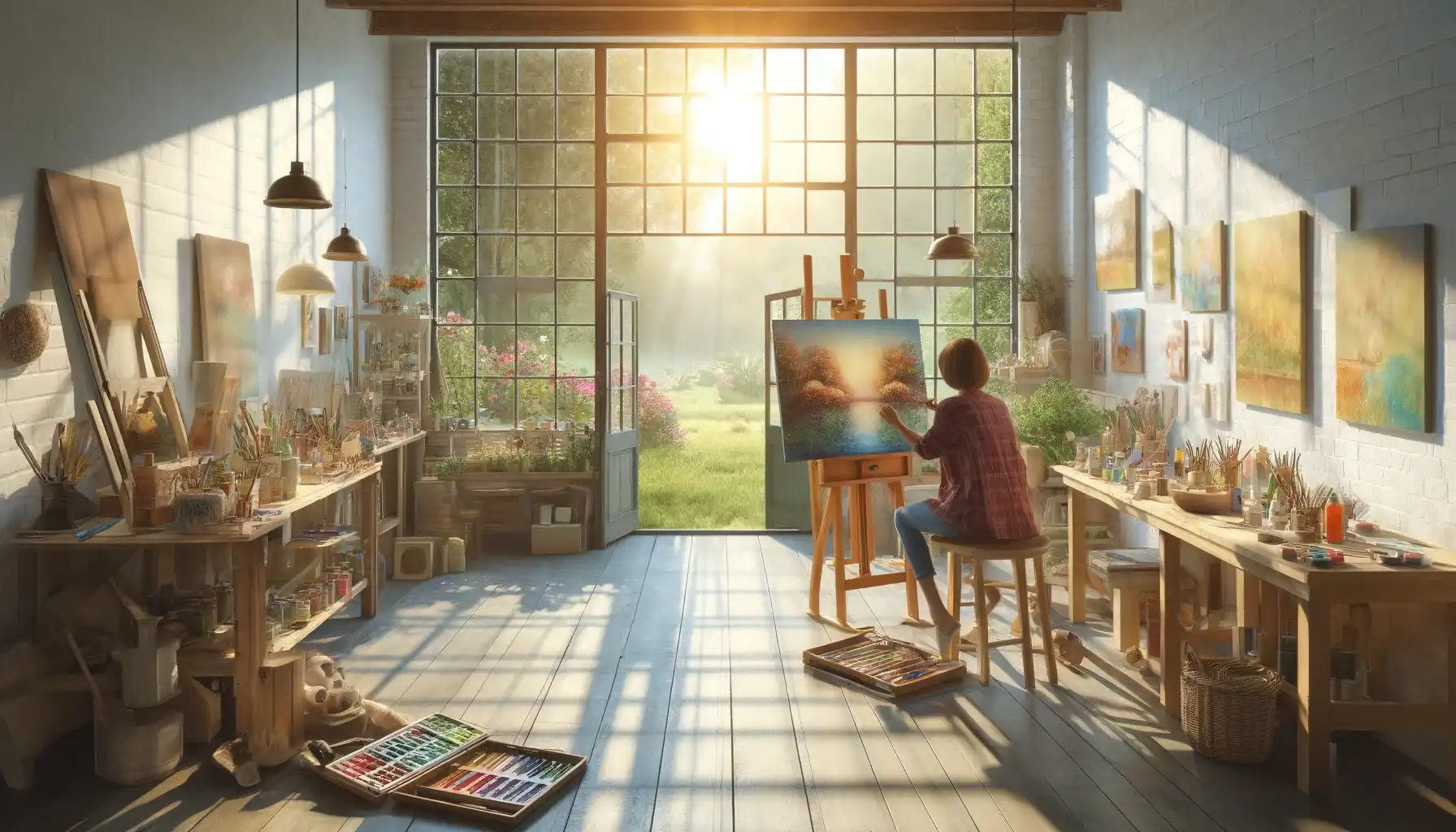Introduction
Starting painting as a hobby is an exciting and rewarding endeavor that allows you to express creativity, relax, and potentially develop a new skill that can bring lifelong enjoyment. Here’s a comprehensive guide to help you begin your journey into the world of painting, covering all the essentials from tools and techniques to common pitfalls and tips for beginners.
Choosing Your Painting Medium
The first step is to decide which painting medium appeals to you most. Here are the most common types:
- Acrylics: Quick-drying and versatile, acrylic paints are great for beginners. They can be used thickly or diluted with water to resemble a watercolor effect.
- Oils: Known for their richness and depth of color, oil paints are favored for their blendability. They do require solvents for cleanup and have a longer drying time.
- Watercolors: These provide a translucent quality and can create a range of effects. Watercolors are challenging due to their fluid nature but are beloved for their delicacy.
- Gouache: Similar to watercolors but opaque, gouache can be reworked with water after drying and is great for vibrant, matte finishes.
Essential Tools and Materials
Here’s what you'll need to get started with each type of paint:
- Paints: Purchase a basic set of your chosen medium. For beginners, starter sets are often sufficient.
- Brushes: Get a variety of sizes and shapes. For starters, a small, medium, and large brush in both flat and round shapes should be adequate.
- Canvas or Paper: Choose according to your medium. Watercolor paper for watercolors, canvas or canvas boards for acrylics and oils.
- Palette: Needed for mixing your paints. Disposable palettes or a simple plastic plate can serve the purpose.
- Easel: Optional but helpful if you plan to paint on canvas.
- Other supplies: Water container, rags or paper towels for cleanup, and painter’s tape for securing paper and creating clean edges.
Basic Techniques
- Blending: Learning to blend smoothly is key for creating gradients and shadows.
- Layering: Especially important in acrylic and oil painting, layering allows for depth and detail.
- Dry brushing: This technique uses a dry brush with a small amount of paint to achieve a rough, textured look.
- Washing: Common in watercolor painting, this involves painting with a watery brush to create a transparent effect.
Common Mistakes to Avoid
- Over-mixing paint: This can dull your colors. Try to mix just enough to create the hue you need.
- Using too much water with acrylics: It can break down the paint and lessen the quality.
- Not waiting for layers to dry: In oils and watercolors, not allowing layers to dry can result in muddy colors.
- Ignoring the direction of light: Always be consistent with your light source to maintain the realism and balance of your painting.
Tips for Beginners
- Practice regularly: Like any skill, improvement comes with practice. Try to paint regularly to develop your technique.
- Start with simple projects: Begin with simpler subjects and compositions to build confidence.
- Keep a clean workspace: Organize your painting space to make the process smoother and more enjoyable.
- Learn from others: Take classes, watch tutorials online, and study the work of painters you admire.
- Document your progress: Keep older works to compare and see your progress over time.
Resources for Learning
Besides the resources linked below you should check community centers, local galleries, or online for beginner classes that can provide structured learning and feedback.
Painting is not only about technique but also about seeing the world around you in a new way and translating that vision onto a canvas or paper. Remember, every painter starts somewhere, and every mistake is just a step in the learning process. Enjoy the journey!


